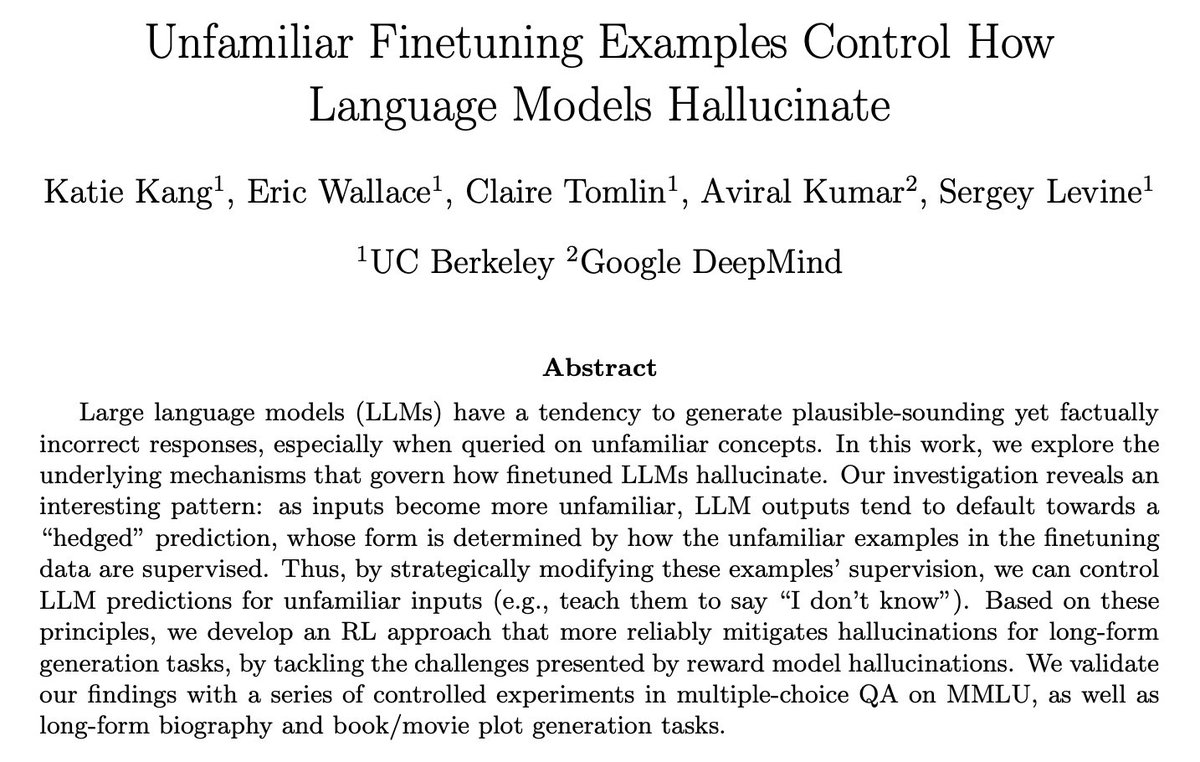
Eric Wallace
@eric_wallace_
researcher @openai
ID: 332600142
http://www.ericswallace.com 10-07-2011 03:13:26
552 Tweet
8,8K Followers
1,1K Following









AI is becoming 10x cheaper for the same capability every year. Excited to work with Jacob Menick Kevin Lu Eric Wallace et al on it.


Hi friends, colleagues, followers. I am on the faculty job market! I am a PhD student Berkeley School of Information + Berkeley AI Research. I work on NLP, and I believe all language, whether AI- or human-generated, is ✨social and cultural data✨. My work includes: 🧵













